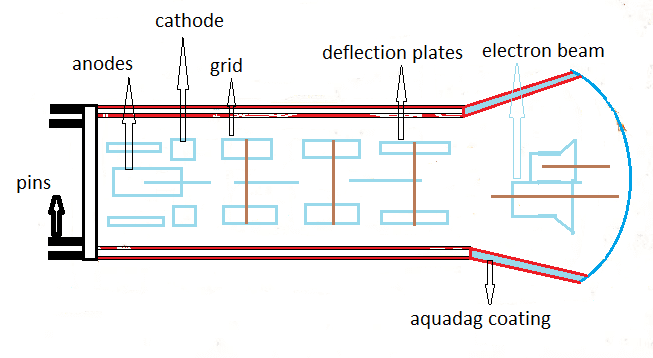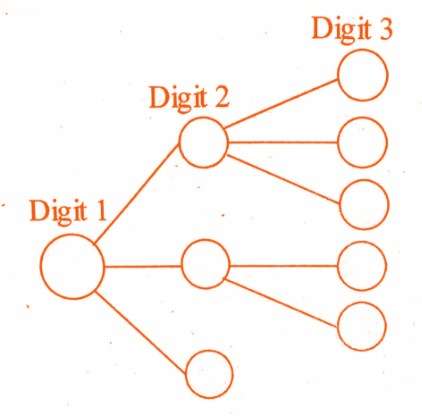3D solid modeling is a computer-aided design (CAD) technique used to create a three-dimensional representation of an object with a focus on its internal and external structure. It allows designers to create complex and detailed models that can be used in various fields such as product design, architecture, engineering, and entertainment.
In 3D solid modeling, objects are created using solid primitives such as cubes, cylinders, spheres, cones, and tori. These primitives are combined using various Boolean operations such as union, intersection, and subtraction to create complex shapes. Other techniques such as extrusion, revolve, sweep, and loft can also be used to create more complex shapes.
One of the main advantages of 3D solid modeling is that it allows designers to create models with a high level of precision and accuracy. This is because the models are created using a mathematical representation of the object, which can be easily manipulated and modified. In addition, 3D solid modeling allows designers to create models that can be easily simulated and tested using computer-aided engineering (CAE) software.
Another advantage of 3D solid modeling is that it allows designers to create models that can be easily manufactured using various techniques such as 3D printing, CNC machining, and injection molding. The models can be exported in various file formats such as STL, STEP, IGES, and DWG, which can be read by various CAD and CAM software.
Overall, 3D solid modeling is a powerful and versatile tool that allows designers to create complex and detailed models with a high level of precision and accuracy. It has revolutionized the way products are designed and manufactured, and it continues to be an essential tool in various fields.




